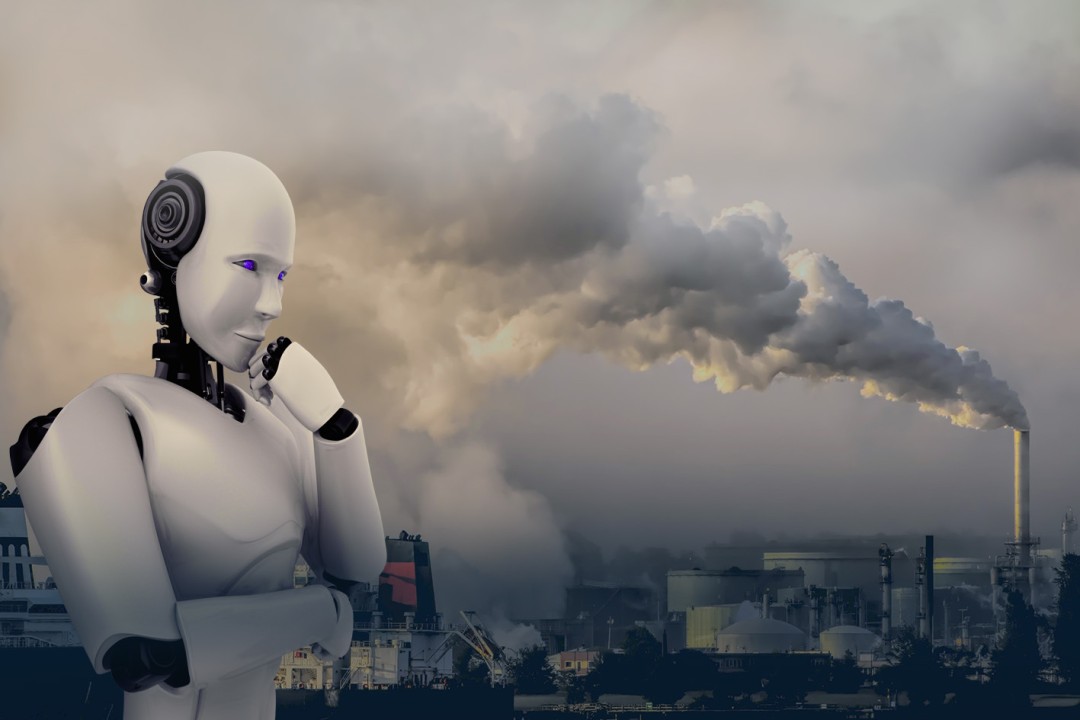AI Revolutionizing the $20 Billion Air Pollution Crisis
In recent years, artificial intelligence (AI) has profoundly impacted various industries, from healthcare to finance. However, one of its most promising applications is addressing the urgent and costly challenge of air pollution. The $20 billion air pollution crisis is not just a problem for governments and corporations—it affects every individual, threatening both public health and the environment. With AI at the forefront, humanity has found a powerful ally in its fight to clean the air and secure a healthier future.
Understanding the $20 Billion Air Pollution Crisis
Air pollution is a silent killer. According to the World Health Organization (WHO), it causes an estimated 7 million deaths annually worldwide. In economic terms, it incurs direct costs of $20 billion due to healthcare expenses, lost labor productivity, and environmental damage. Despite global efforts, traditional methods have struggled to keep up with the scale and complexity of this issue.
This is why AI is receiving so much attention in this space. By analyzing massive amounts of data in real-time, AI can identify pollution sources, predict future trends, and recommend targeted solutions—something that was previously impossible at this scale.
How AI Is Revolutionizing Air Pollution Management
The use of AI to combat the $20 billion air pollution crisis is nothing short of revolutionary. Here’s how it’s making an impact:
1. Precise Pollution Monitoring
AI-powered sensors and satellite imagery can pinpoint pollutants’ sources. For example, startups like Climeworks use AI to track emissions and provide real-time solutions. These technologies are more reliable and cost-effective than traditional air quality monitoring stations.
2. Advanced Predictive Analysis
AI algorithms analyze historical pollution data to predict future trends. This helps cities and governments take proactive measures, from imposing temporary restrictions to implementing long-term environmental policies. It’s a game-changer in preventing spikes in pollution levels before they occur.
3. Smarter Urban Planning
Urban areas are hotspots for air pollution. AI assists urban planners in designing cities that reduce environmental harm. By simulating traffic patterns, optimizing green spaces, and regulating industrial developments, AI-driven planning is reshaping how we think about city living.
4. Personalized Health Alerts
Imagine receiving a personalized alert on your smartphone warning you about hazardous air quality in your neighborhood. AI makes this possible. Apps like IQAir use AI to deliver real-time updates and health advice tailored to individual needs.
Why Now? The Perfect Intersection of AI and Environmental Need
The $20 billion air pollution crisis has persisted for decades, so why is AI only taking center stage now? The answer lies in timing. The convergence of advanced technologies, growing awareness of environmental crises, and the political will to take action has created a unique window of opportunity.
With better data availability, powerful computational capabilities, and a global push toward sustainable living, AI is emerging as a vital tool to solve this crisis. Governments are collaborating with tech firms more than ever, and public-private partnerships are flourishing to fund innovative solutions.
Challenges AI Faces in Combating Air Pollution
While the potential is enormous, AI’s application in addressing air pollution isn’t without challenges. These include:
1. Data Gaps in Developing Regions
In some low-income countries, the lack of reliable air quality data makes it harder for AI systems to deliver accurate recommendations. Bridging this gap requires significant investment in infrastructure and localized technologies.
2. High Costs of Implementation
Although AI can drive down long-term costs, the initial investment is steep. Many regions, especially those hit hardest by pollution, lack the resources to deploy this technology effectively.
3. Ethical Concerns
As with any AI application, the misuse of personal data and questions around privacy are valid concerns. Balancing innovation with ethical guidelines remains a key challenge.
The Way Forward: How We Can All Contribute
AI alone cannot solve the $20 billion air pollution crisis. It requires a collective effort among governments, businesses, and individuals. By adopting sustainable practices, supporting green technologies, and advocating for stricter environmental policies, we can play an active role in curbing air pollution.
At Zex News, we believe in the power of innovation to transform society for the better. By championing the role of AI in combating pollution, we hope to inspire action and foster a brighter, cleaner future for all.
“`





